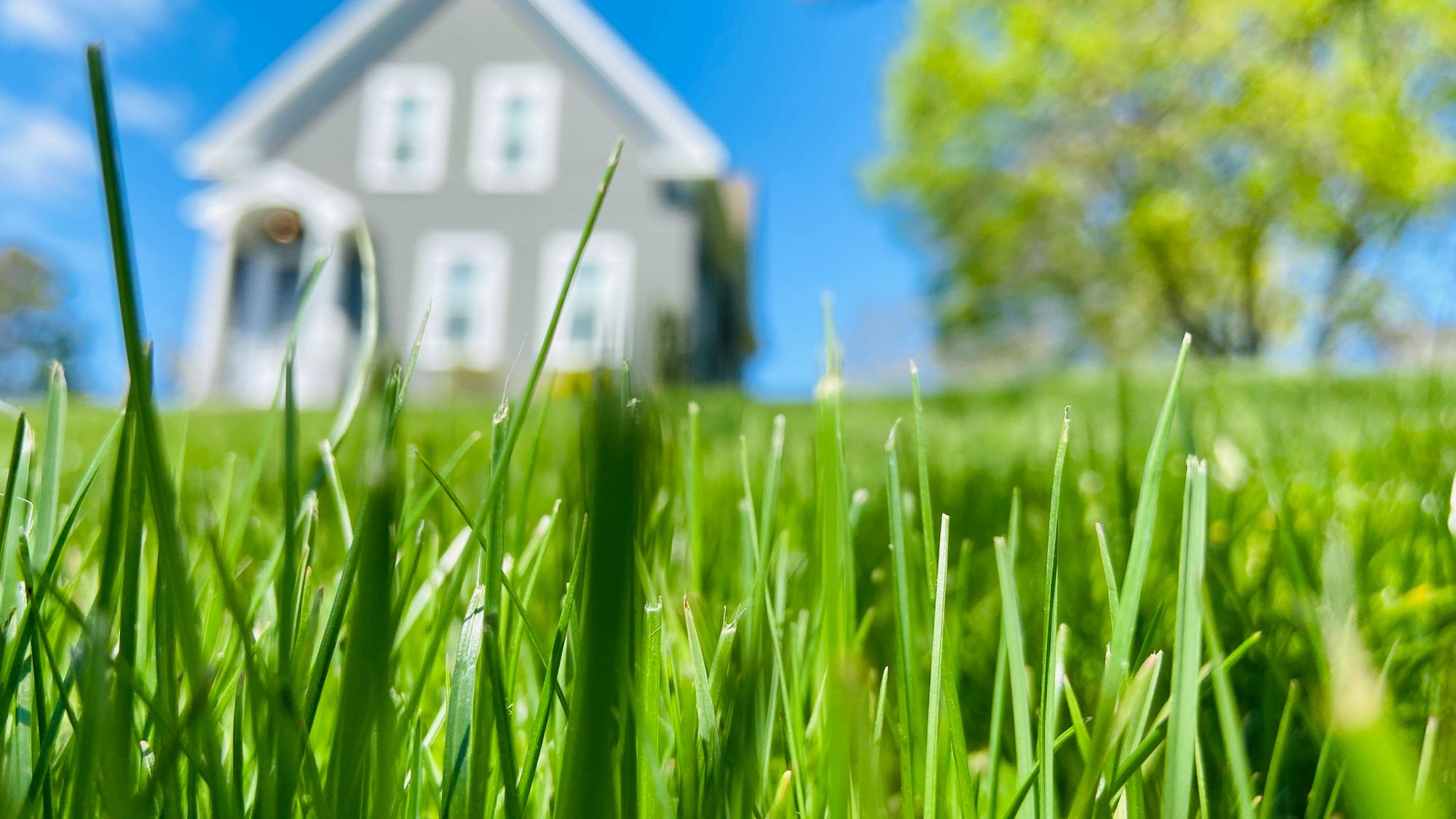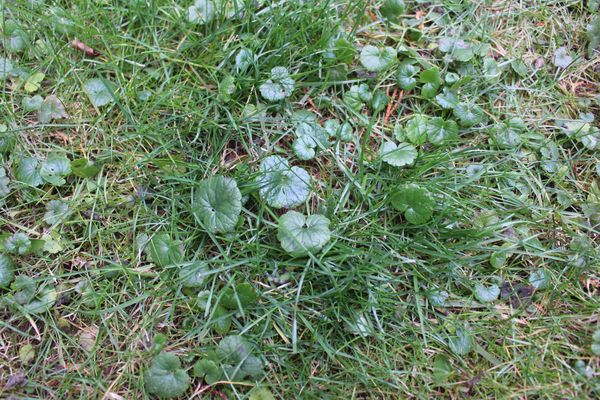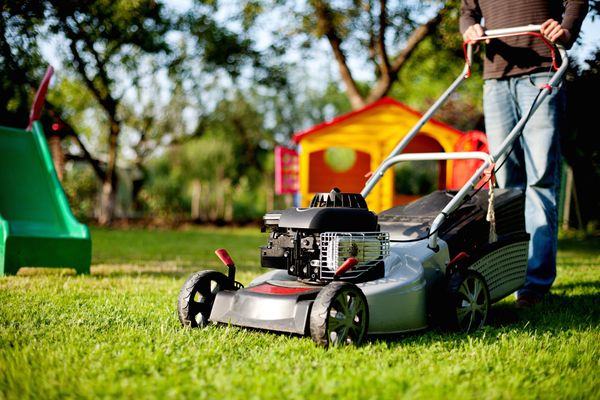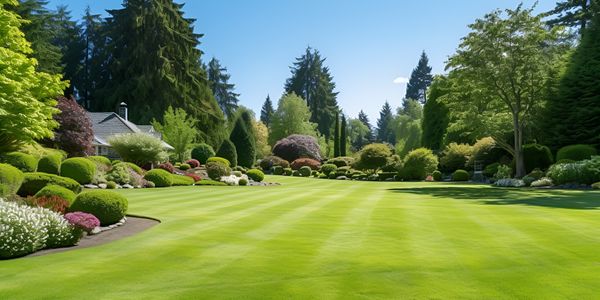The potent herbicide Roundup contains a large amount of Glyphosate. Weeds, vines, grasses, and other undesirable vegetation may be easily eliminated by it.
The Roundup is incredibly effective when appropriately used, but you may accidentally screw it up, particularly if you're new to gardening.
How long does it take for Roundup to start working if you've never used the chemical before? Before you spray, you may have a few more queries. I'll address as many of your questions here so you can confidently use this herbicide.
How Soon Does Roundup Start Working?
The producers of Roundup guarantee that their herbicides will start to work within a few hours. The kind of plant you're attempting to kill, the type of Roundup you spray, and the environment in which you're applying it are just a few factors that will affect how long it will take to kill grass and weeds.
Killing Grass
Grasses are resilient and thorny plants that may take some time to eradicate. Although you could see some yellowing after using a Roundup product for a few hours, detecting any fundamental changes usually takes closer to twelve hours.
It would be best to wait a week before removing the grass. That assures the grass won't return afterward and permits complete root death.
Killing Weeds
Roundup might start working on weeds in as short as four hours, but it could take up to two weeks. The unique variances among weed species bring on the variation. While certain weeds, like dandelions, ragweed, or water hemp, are more challenging and will resist Roundup's effects longer, others, like water hemp, are easier to penetrate and destroy.
Even with powerful Glyphosate, certain weed species, especially vines like poison ivy, are challenging to eradicate. Because of this, producers of Roundup provide customized formulations for specific plants, although even in that case, you can anticipate them to take many days or weeks to work.
You must take measures if you want your outside plants and shrubs to continue growing while applying Roundup to remove weeds near trees or other plants and shrubs. Roundup can destroy whatever it comes into touch with; thus, hiding any 'keepers' and having precise spraying abilities are necessary to prevent unintentional wrongful death. I cover everything I don't want to harm or kill with bits of the tarp.
Can Roundup be made to work more quickly?
While applying Roundup more generously won't help it work more quickly, doing so will improve the spraying environment. You're more likely to get quick and effective effects if you pay attention when you spray your herbicides.
Ideally, you'll apply Roundup in early summer or spring when it's not too cold outside, on a day without rain and with little to no wind. Of course, sometimes, finding the early spring without rain is challenging. But you should be able to spray as long as there is a six-hour period without rain.
You must choose a humid day and make sure that you put Roundup on it so that it takes effect quickly. Although it may seem paradoxical, you want your weeds and undesired grasses to grow actively when you spray since the high humidity fosters plant development. They will be more able to absorb Roundup this way.
After ten days, if there is no yellowing or other indication of plant mortality, you could wish to reapply the Roundup. It's possible that anything, such as dampness on the plant's surface or too much dust in the air, prevented the product from functioning as intended.
How Roundup Works
It's crucial to be aware that herbicide products containing the active component Glyphosate (such as Roundup) function best when applied directly to developing plants' leaves and stems to optimize their efficiency.
A 2015 review research on Glyphosate in runoff streams and its impact on roots found that various crops, including beets, barley, and cotton, may experience some root absorption. However, spraying soil near sources often causes soil particles to get entangled with the substance, preventing germs from absorbing it.
How Glyphosate Kills Plants
Diffusion takes place when Glyphosate is applied to plants. This is where the vapor accumulates on the plant's leaves, stems, and woody parts are sucked into the plant's nervous system.
When that occurs, Glyphosate begins to work. The enzymatic activities of the plant are first disturbed by this organophosphate molecule. The shikimic acid pathway, which generates chorismate, is specifically blocked. A transitional molecule called chorismate is a precursor for several essential amino acids that plants need to thrive.
Roundup starves plants, which causes them to die over a few hours or days. The shikimic acid pathway is present in all plants and fungi. Therefore Roundup doesn't distinguish between different types of plants and weeds.
Roundup is less dangerous to humans and pets since they have different routes than it requires to function well. Wear protective clothes, carefully read the manufacturer's directions before use, avoid the area that has been sprayed until it is safe to do so, and use caution while applying Roundup.
Ideal Moment to Use
The optimal time to apply post-emergent herbicides is in the spring or early summer when plants are actively developing, claim the makers. Spraying should be done during the day rather than at dawn or dusk when the temperature should be between 45 and 90 degrees Fahrenheit.
The best weather to use Roundup
You should be aware of different weather situations. For instance, spraying shouldn't be done on windy days since the substance tends to drift everywhere except the plant leaves!
Herbicide efficacy may also be hampered by airborne dust. Glyphosate is quickly attracted to soil particles, which prevents it from penetrating plants. So, it's likely that spraying won't be very successful if you do it just after creating dust via any landscaping operation.
The optimum time to spray Roundup is on a somewhat warm and muggy day, with little wind and no threat of rain.
Use a new sprayer, please. It may be necessary to repeat the task if you use chemicals left to sit about for a while.
Length of Drying Time
Depending on the precise chemical composition you choose and the weather circumstances, Roundup dries in thirty minutes to three hours, according to the company.
The back of your Roundup bottle should provide a particular drying time. Even though Glyphosate poses little risk to humans and animals, you should keep children and dogs out of the area until Roundup has dried. Additionally, waiting to water until the specified drying time has passed would be best.
Spraying on Wet Grass
It would be best if you didn't spray Roundup on damp grass. The efficacy of the herbicide will be diminished by moisture. You're effectively diluting the product when you spread it on wet grass. Additionally, there is a chance of runoff, in which rain is a barrier to stop the toxins from penetrating the leaves and stems. The grass or weeds you are spraying should thus be entirely dry.
Re-Planting After Use
Both desired and Roundup impacts undesirable plant species. Therefore, you must wait to plant your garden after using Roundup. The formula you choose and the kind of plants you're attempting to produce will determine how long you have to wait.
Before planting ornamental flowers, trees, or shrubs, you should wait one day with the most Roundup formulations. You must wait three days before spraying grasses, herbs, fruits, or vegetables.
You must wait a year after applying Roundup Max Control before attempting to plant anything there.
You'll have to wait four months if you use Roundup Extended Control. Additionally, you must wait at least thirty days before using Roundup Poison Ivy and Brush Killer.
Weed pulling after spraying
Even though Roundup destroys weeds and undesirable plants, you still have to do some labor. Before you plant your garden, you'll still need to clear the dead weeds it leaves behind physically.
Roundup has the advantage of making weeds considerably simpler to remove. Hardy weeds are challenging to eradicate while still alive due to the long, deep roots that they are born with. Because of this, eliminating weeds without Roundup often results in their reemergence a few weeks later. Weeds might come back if the roots still need to be removed.
You can quickly eliminate the weeds and be sure they won't come back to plague your garden if you kill them with Roundup first.
Conclusion
Before using Roundup, knowing how long it takes to start working is a good idea. Although Roundup is a potent herbicide that's quite simple to use, it's common for novice gardeners to reduce its efficacy unintentionally.
Roundup, as an effective glyphosate weed killer, can show noticeable results in killing garden weeds within 2 to 4 days of application. However, the effectiveness and exact timing depend on various factors like the type of weed, weather conditions, and the stage of plant growth during spraying Roundup. While Roundup for lawns can rapidly eradicate annual weeds, it may take a bit longer for perennial weeds due to their complex root structures.
Ensuring weeds are actively growing before treatment is critical for the success of any weed killer, including Roundup. Remember, Roundup is designed to kill weeds by being absorbed through the leaves and transported to the roots. In the case of annual and perennial weeds, spraying Roundup when they are actively growing helps to speed up the process and enhances the overall efficiency of the product.
Despite the sometimes varying timelines, Roundup remains a trusted solution to kill weeds and maintain a healthy, appealing garden or lawn. By understanding how it works and when to use it, you can maximize its benefits to effectively control unwanted plant growth. It's a must-have tool in every gardener's arsenal to combat invasive garden weeds, and bring the lush green back to your lawns and gardens.
You generally will only get the outcomes you want if you spray at the correct time of day while plants are moist or if you aim at the roots rather than the foliage. However, taking a few precautions may quickly eliminate weeds and grasses with a single spray. After that, you may start planting your lovely, weed-free garden!






